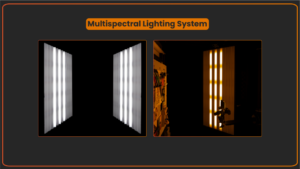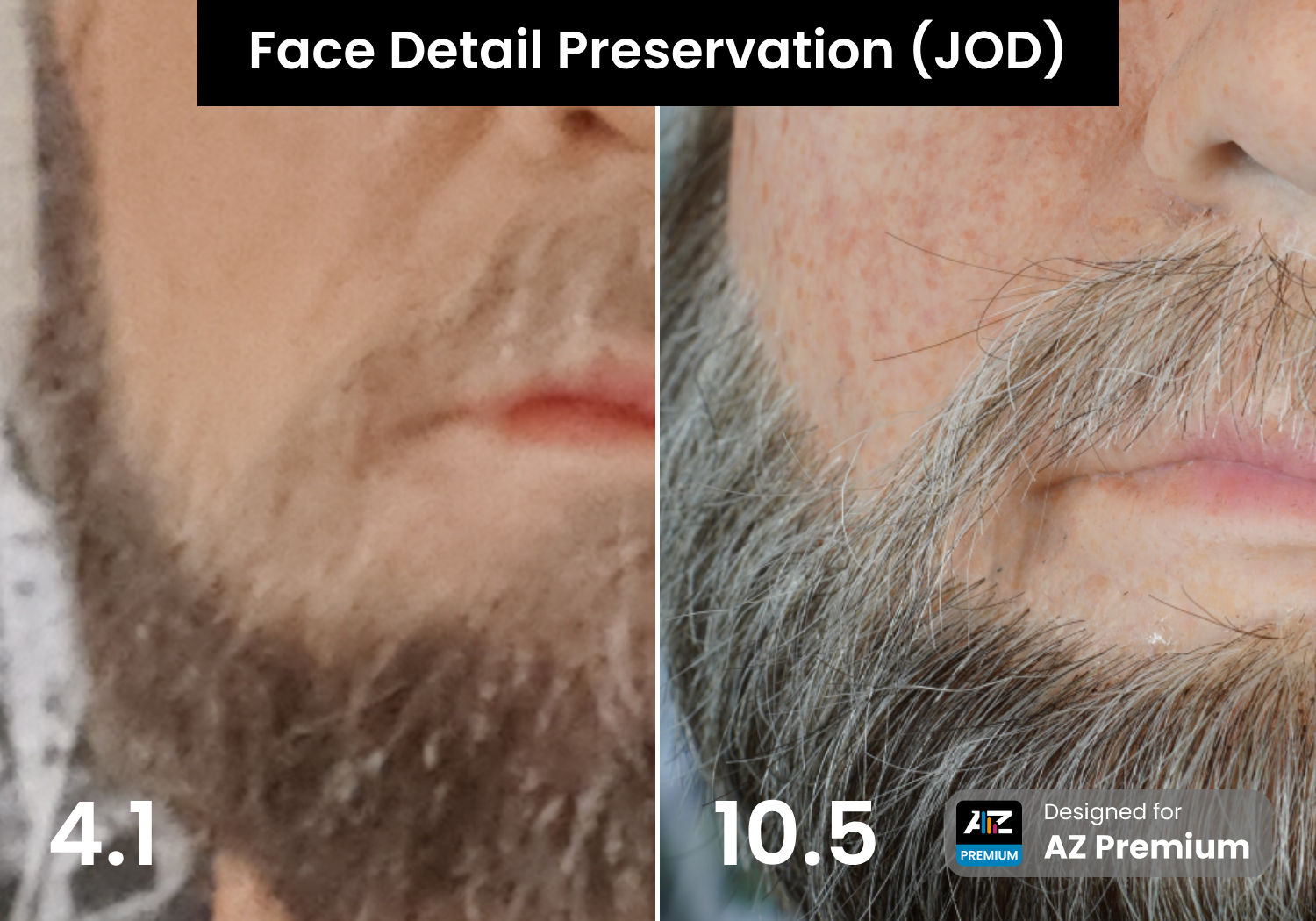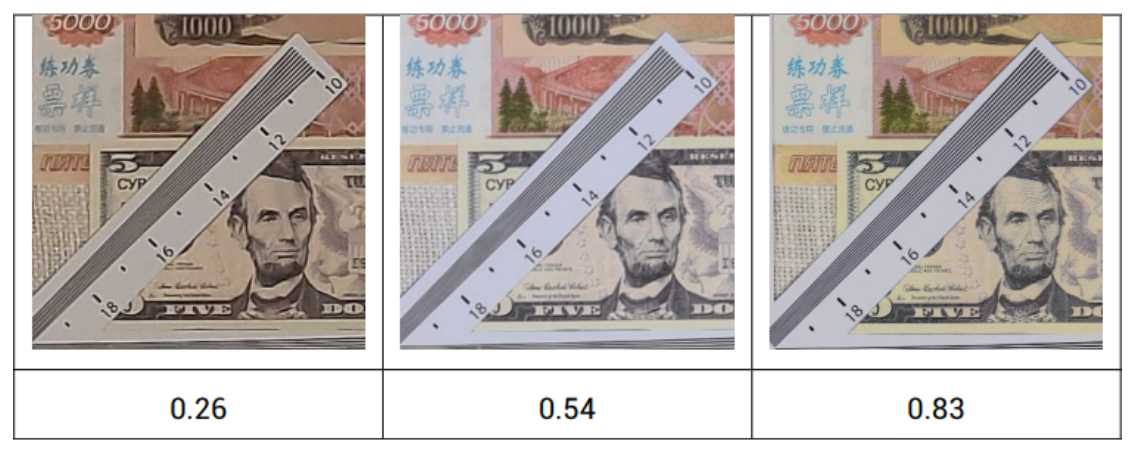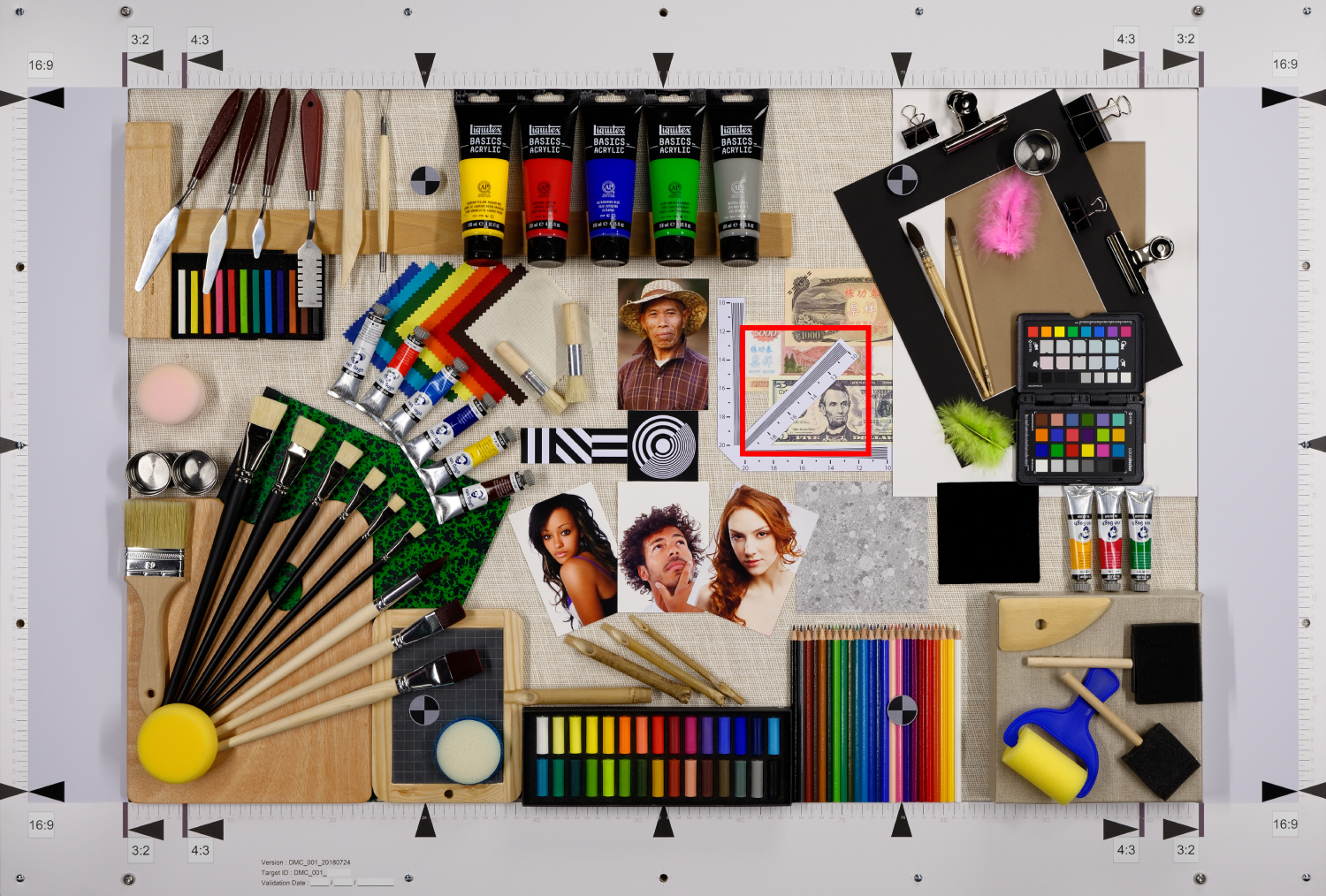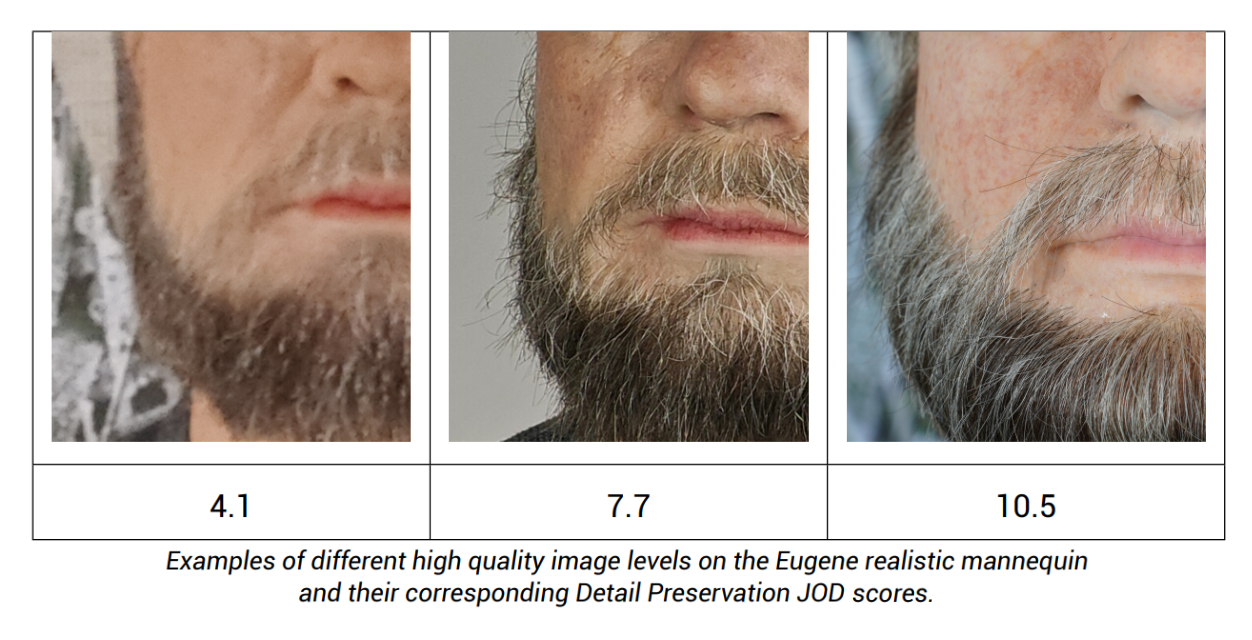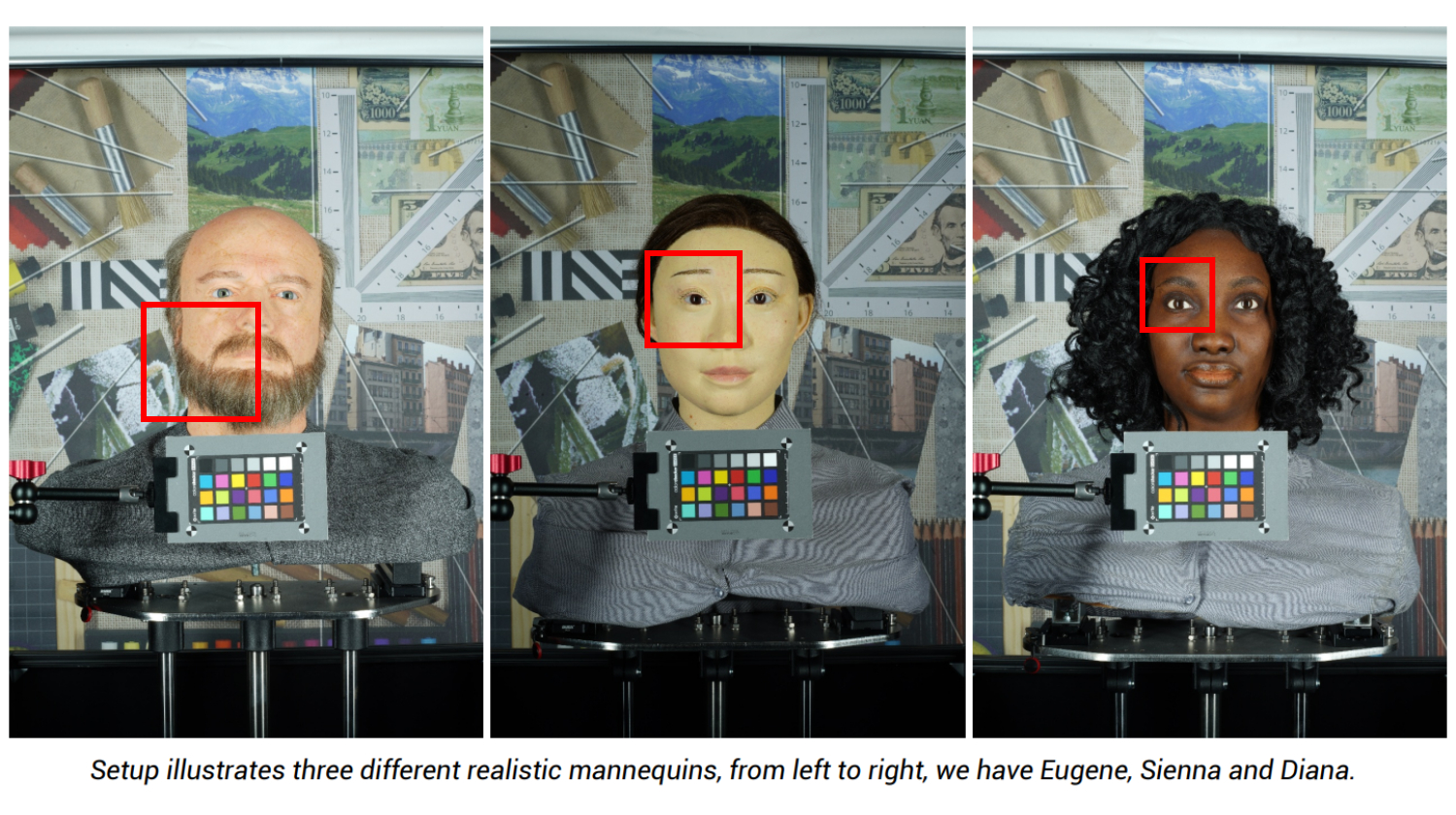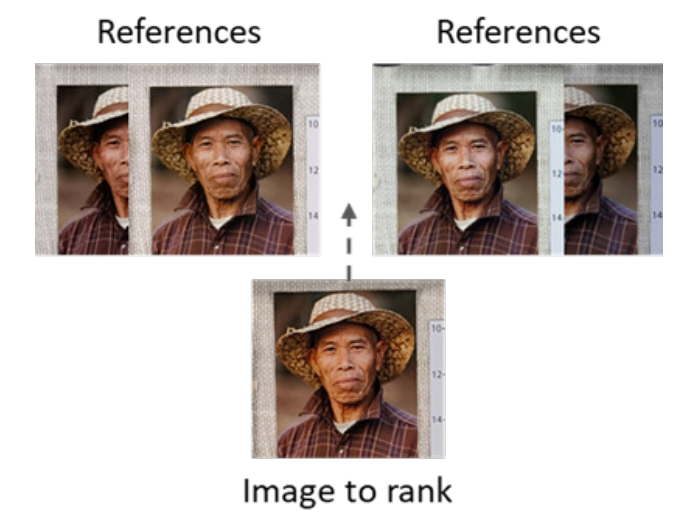Perceptual AI-based Metrics (AZ Mate) Add-on
Detail Preservation Evaluation on realistic scene
DXOMARK developed machine learning-based methods that estimate the perceptual image quality perceived by a human expert when evaluating pictures of known content. The detail preservation metric quantifies the capacity of a camera to produce sharp images precisely and pleasantly based on a trained dataset of the scene.
Key Highlights
- Photo & Video measurements
- Detail Preservation Metric
- Perceptual Noise Quality Metric

 DSLR & Mirrorless
DSLR & Mirrorless  3D Camera
3D Camera  Drone & Action camera
Drone & Action camera 